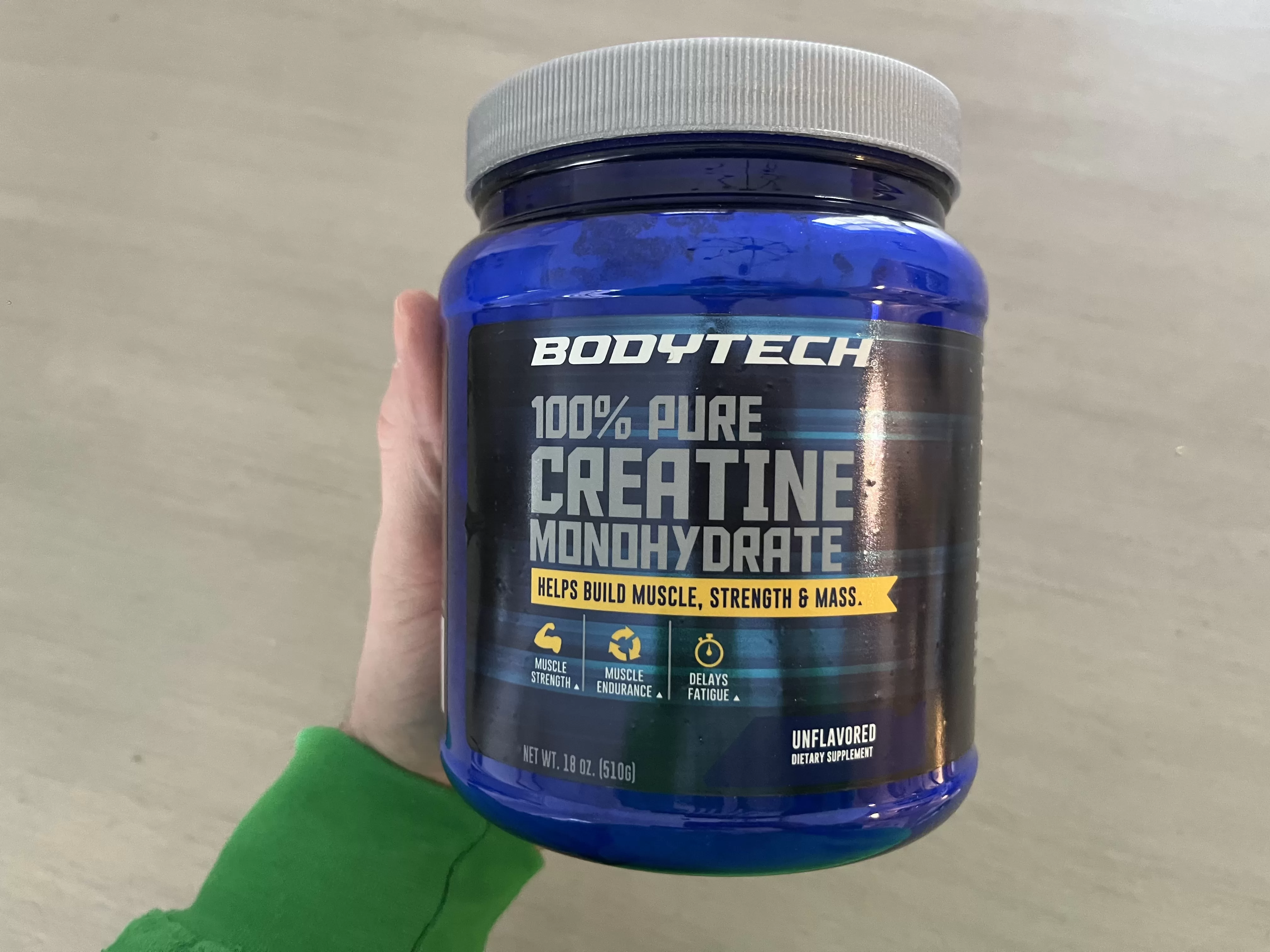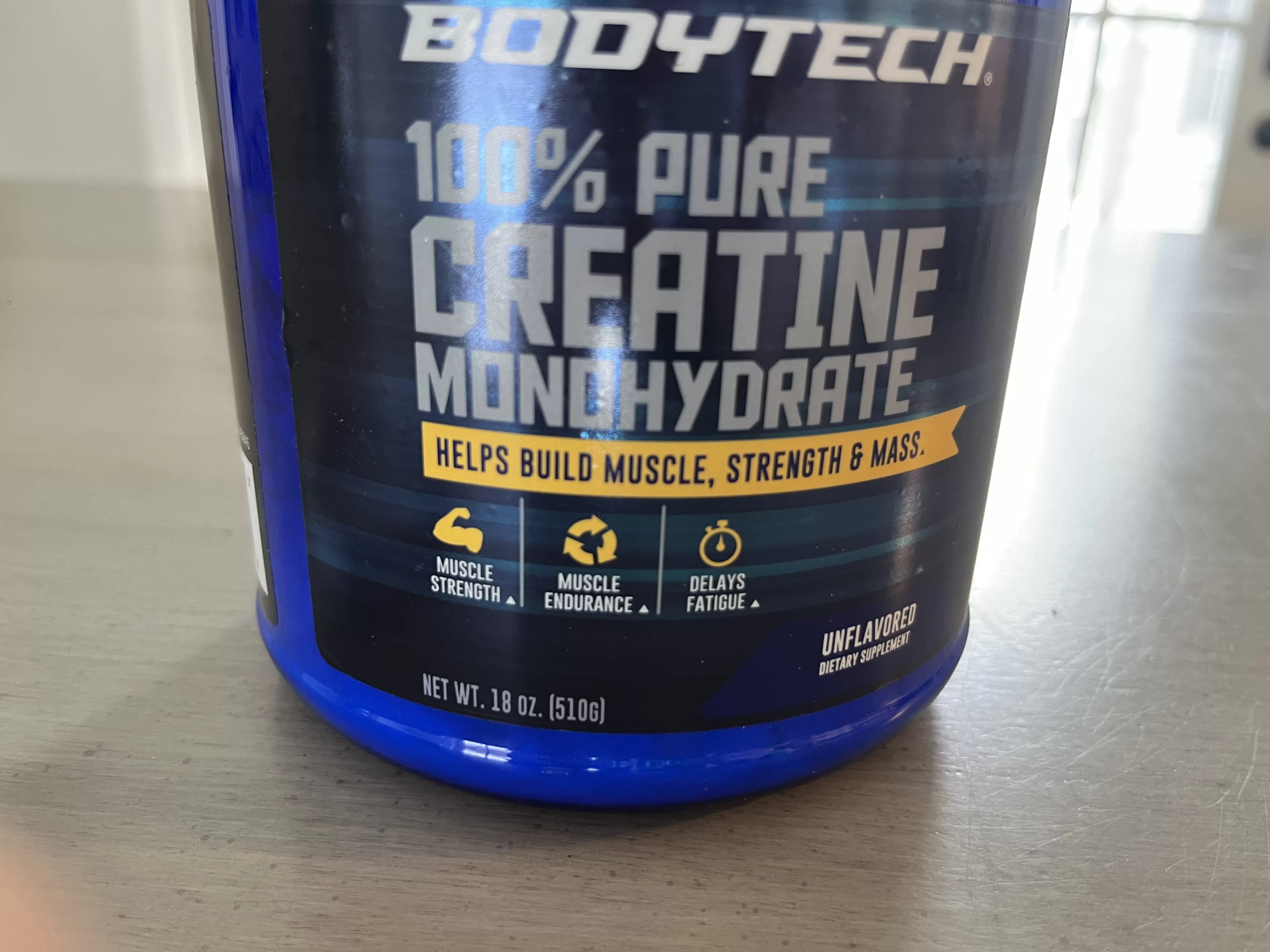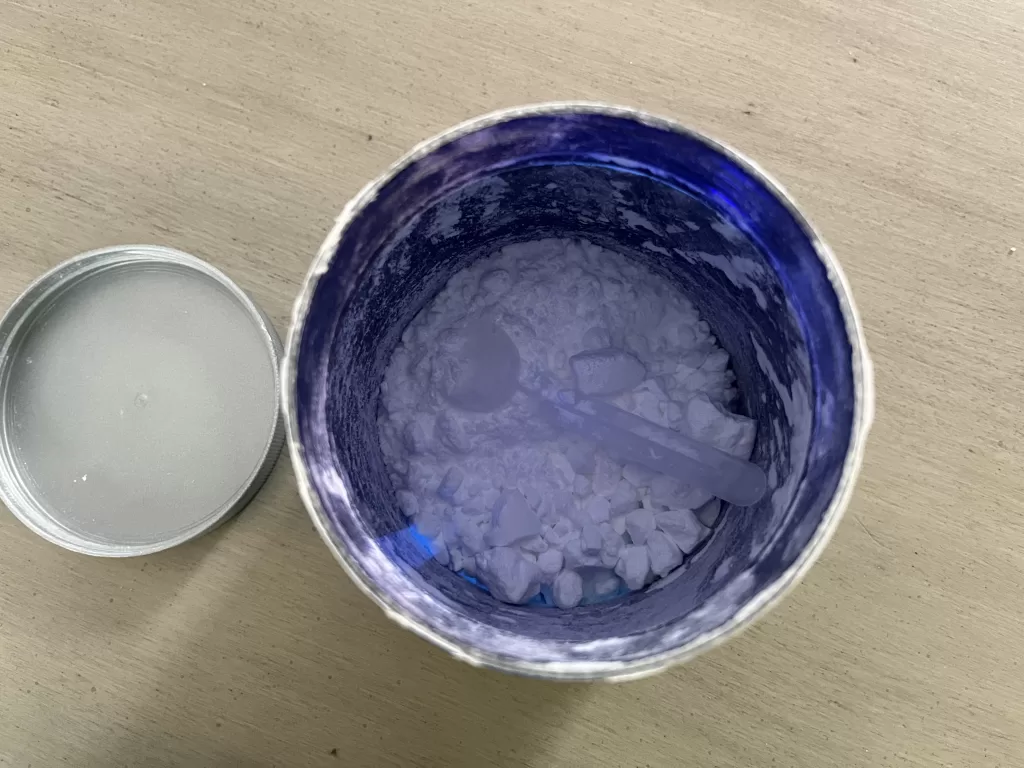The Science Behind Creatine Manufacturing: How Is Creatine Made?
Creatine is one of the most popular and widely researched supplements in the fitness world.
If you’re an everyday gym-goer who just wants to stay in solid shape or a top professional athlete, you have probably heard quite a bit about creatine. I’m sure you have seen creatine monohydrate before, and maybe you have wondered: how is creatine made?
Well first of all, your body produces creatine naturally, and you can also get it from natural foods that you eat throughout your day. But what about the powdered supplement you’re most likely wondering about? Is that kind of creatine made in a lab? Is it different than what’s found in meat and fish?
In this article, we’ll break down:
- How your body makes creatine naturally
- The foods that contain creatine
- The process of manufacturing creatine supplements
- What happens to creatine in your body after you take it
After reading this guide, you’ll know exactly how creatine is made, where it comes from, and how it works.
What Is Creatine?
Creatine is a compound that is built up naturally in our bodies made up of three amino acids: L-arginine, glycine, and L-methionine
It supplies energy to our muscles by producing ATP, which is your energy source during very intense, rapid activities.
This creatine that is built up is stored almost entirely in your muscles, while the rest is in your brain, kidneys, and liver.
Whenever you workout, or play sports, your body uses the creatine stores to raise your ATP levels, which helps you keep pushing and recover properly.
How Your Body Naturally Produces Creatine
Your body can make creatine on its own using three amino acids:
- Glycine
- Arginine
- Methionine
This process mainly happens in the kidneys and liver.
Here’s a simple breakdown of how it works:
- Your kidneys combine arginine and glycine to form a compound called guanidinoacetate.
- This compound travels to your liver, where it turns into creatine with the help of methionine.
- Once the creatine is made, it enters the bloodstream and flows to the muscles, where it is stored as phosphocreatine.
Traditionally, it was believed that creatine synthesis only occurs in the kidneys and liver, but recent research suggest that skeletal muscle may also synthesize creatine, albeit at a lower rate than the kidney and liver (Ostojic, 2021), (Daly, 1985; Russell et al., 2014).
The creatine stores are what helps fuel quick and powerful muscle contractions.
Foods That Contain Creatine

Besides making it naturally, you can also get creatine from food in your diet—especially animal-based sources.
The richest dietary sources include:
- Red meat (beef, pork, lamb)
- Fish (salmon, tuna, cod)
- Poultry (chicken, turkey)
A pound of raw beef or salmon contains about 1-2 grams of creatine. If that doesn’t sound like much, it is because it isn’t! The Journal of Nutrients states that you should consume 2-4 grams of creatine each day to promote overall health and wellness.
This is exactly why so many athletes take creatine supplements to increase their muscle stores.
What about vegetarians and vegans?
Since creatine is mostly found in animal products, vegetarians and vegans typically have lower creatine levels.
Studies done by Benton & Donohoe have shown that vegans and vegetarians will reap even more benefits from creatine supplementation than those who eat meat and dairy. So if you are in this category, know that the supplement can help you bridge the gap and improve performance in your workouts, without the need to eat any animal products.
How Is Synthetic Creatine Made for Supplements?
The Raw Materials
Creatine production starts with select raw materials.
Creatine monohydrate powder is made with the following inherently raw materials:
- Sarcosine: An naturally occurring amino acid derivative
- Cyanamide: An compound made of nitrogen and carbon.
- Sodium hydroxide: A strong base used in various chemical processes
- Hydrochloric acid: Acts as a strong acid for pH adjustment
- Activated Carbon: For filtering, used for purification
The supplement company gets these raw materials from suppliers, and follows strict quality checks to make sure that they meet the required standards before using them in the production process.
The Production Process
Now, let’s explore how creatine is made step by step:
- Synthesis: The process begins by combining sarcosine and cyanamide in a reactor. This reaction is controlled under specific temperature and pressure conditions.
- Heating: The mixture is heated to around 140°C (284°F) for several hours. This step promotes the formation of creatine molecules.
- Cooling: After heating, the mixture is cooled to room temperature.
- pH Adjustment: Sodium hydroxide is added to adjust the pH of the solution, creating optimal conditions for creatine crystallization.
- Crystallization: The solution is left to crystallize, forming solid creatine crystals.
- Filtration: The crystals are separated from the liquid using filtration techniques.
- Purification: The crude creatine undergoes further purification processes, often involving activated carbon to remove impurities.
- Drying: The purified creatine is dried to remove any remaining moisture.
- Milling: The dried creatine is milled into a fine powder to ensure consistency and improve mixability.
- Packaging: Finally, the creatine powder is packaged in various forms for distribution.
This process can obviously vary depending on the manufacturer and the specific form of creatine being produced.
Quality Control in Creatine Production
Ensuring the quality and purity of creatine is crucial. Reputable manufacturers implement strict quality control measures throughout the production process:
- Raw material testing
- In-process checks during manufacturing
- Final product analysis for purity and contaminants
- Third-party testing and certification
These final measures make sure that the creatine you consume meets high standards of quality and safety.
Different Forms of Creatine

While creatine monohydrate is the most common and well-researched form, there are other variants produced using modified processes:
- Creatine Ethyl Ester: Made by esterifying creatine with ethanol
- Creatine Hydrochloride: Produced by binding creatine to hydrochloric acid
- Buffered Creatine: Created by combining creatine with alkaline compounds
- Micronized Creatine: Regular creatine monohydrate milled into smaller particles
Each form may have slight variations in the production process to achieve its unique properties.
What Happens to Creatine in Your Body?
Once you take a creatine supplement (or get it from food), here’s what happens:
- It enters your bloodstream through the digestive system.
- Your muscle cells absorb creatine, where it is stored as phosphocreatine.
- When you exercise, phosphocreatine replenishes ATP, giving you more strength, endurance, and speeding up your muscle recovery.
- Any excess creatine that your muscles don’t use gets excreted as creatinine in urine.
The Future of Creatine Production
As technology advances and our understanding of biochemistry grows, the process of how creatine is made may evolve.
Some potential future developments include:
- More efficient synthesis methods
- Creatine in new forms that are improved with more enhanced properties.
- Sustainable production methods using renewable resource
- Improved purification methods for higher purity levels
Researchers and manufacturers continue to explore ways to enhance creatine production, making it more efficient, cost-effective, and environmentally friendly.
The Benefits of Creatine

As we have mentioned, creatine has amazing benefits that can help out almost anyone. Here’s a summarized shortlist for those who are curious.
- Boosts muscle strength and power – Helps you lift heavier and train harder.
- Enhances exercise performance – Fuels quick bursts of energy for sprints and lifts.
- Speeds up muscle recovery – Reduces fatigue and soreness post-workout.
- Supports brain function – May improve memory and cognitive function.
- Increases muscle size – Promotes water retention in muscles for a fuller look.
- Safe and well-researched – Backed by decades of scientific studies.
Conclusion
So, how is creatine made? Your body produces it naturally, you can get it from food, and supplement companies make it through a simple chemical process.
No matter if you choose to get creatine from steak or a supplement, it will give you more energy, help build strength & muscle, and improve general exercise performance.
So if you’re serious about training, creatine is one of the safest and most effective supplements you can take.
Just make sure to stay hydrated and stick to a daily dose of 3-5 grams for the best results.
Now that you know how creatine is made, will you be adding it to your fitness routine?
References
- da Silva RP, Nissim I, Brosnan ME, Brosnan JT. Creatine synthesis: hepatic metabolism of guanidinoacetate and creatine in the rat in vitro and in vivo. Am J Physiol Endocrinol Metab. 2009 Feb;296(2):E256-61. doi: 10.1152/ajpendo.90547.2008. Epub 2008 Nov 18. PMID: 19017728; PMCID: PMC2645018.
- Kreider RB, Stout JR. Creatine in Health and Disease. Nutrients. 2021 Jan 29;13(2):447. doi: 10.3390/nu13020447. PMID: 33572884; PMCID: PMC7910963.
- Ostojic SM. Creatine synthesis in the skeletal muscle: the times they are a-changin’. Am J Physiol Endocrinol Metab. 2021 Feb 1;320(2):E390-E391. doi: 10.1152/ajpendo.00645.2020. PMID: 34644160; PMCID: PMC8260370.
- Persky AM, Brazeau GA. Clinical pharmacology of the dietary supplement creatine monohydrate. Pharmacol Rev. 2001 Jun;53(2):161-76. PMID: 11356982.
- Kreider RB, Jäger R, Purpura M. Bioavailability, Efficacy, Safety, and Regulatory Status of Creatine and Related Compounds: A Critical Review. Nutrients. 2022 Feb 28;14(5):1035. doi: 10.3390/nu14051035. PMID: 35268011; PMCID: PMC8912867.







